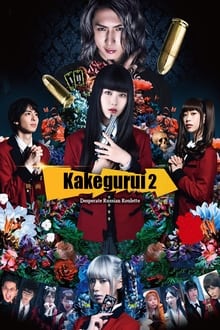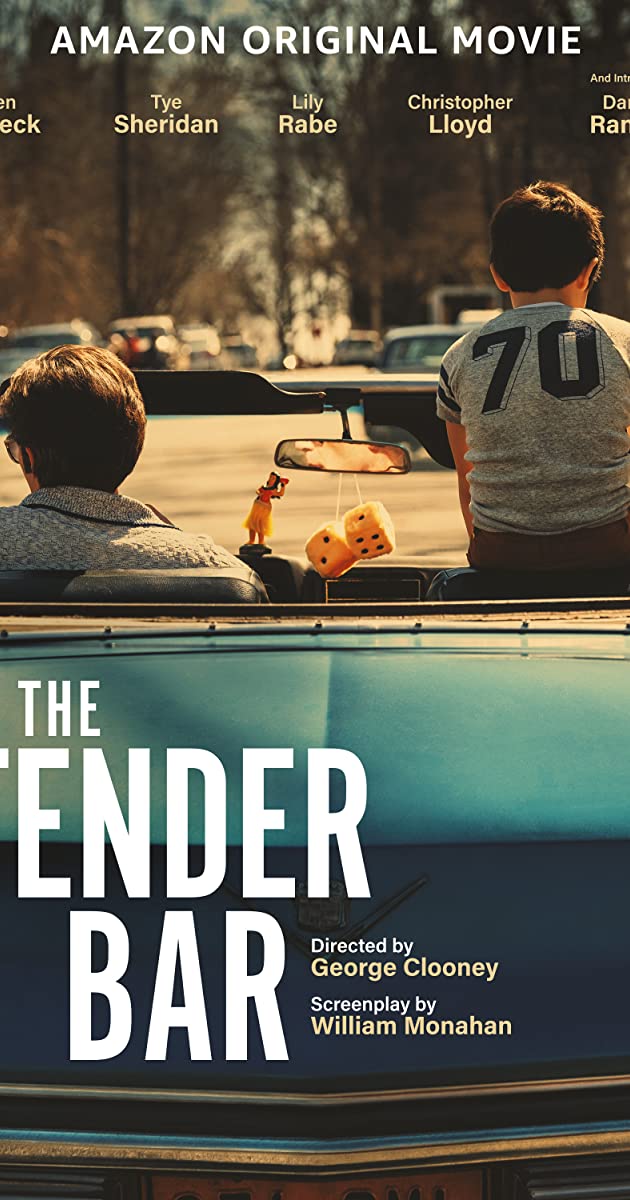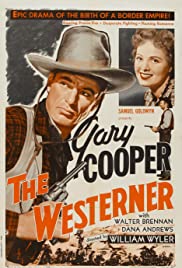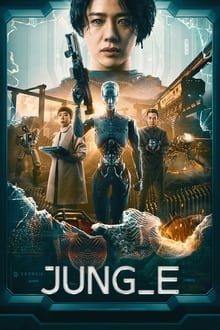
This anthology telefilm aired on NBC on November 8, 1969, and tells three strange tales: “The Cemetery,” directed by Boris Sagal; “Eyes,” directed by Steven Spielberg; and “The Escape Route,” directed by Barry Shear. This film also served as a backdoor pilot for the TV series of the same name, which premiered on December 16, 1970.
You May Also Like

Two westerners, a priest and a teacher find themselves in the middle of the Rwandan genocide and face a moral dilemna. Do they place themselves in danger and protect the refugees, or escape the country with their lives? Based on a true story.

The story of a woman who is suddenly visited by her estranged ex-husband. The ex-hubby wants to buy her country house, which she received in the divorce settlement. Instead he finds himself locked in a cage in the cellar.

When homicidal clones take over the world, a guilt-ridden scientist tries to protect a group of humans in an isolated farmhouse. But the child growing in his girlfriend’s womb might just spell the end for mankind.

A school appears peaceful from a distance, but a fierce gambling battle takes place once again. Yumeko Jabami is involved in the battle.

J.R. is a fatherless boy growing up in the glow of a bar where the bartender, his Uncle Charlie, is the sharpest and most colorful of an assortment of quirky and demonstrative father figures. As the boy’s determined mother struggles to provide her son with opportunities denied to her — and leave the dilapidated home of her outrageous if begrudgingly supportive father — J.R. begins to gamely, if not always gracefully, pursue his romantic and professional dreams, with one foot persistently placed in Uncle Charlie’s bar.

Drifter Cole Harden is accused of stealing a horse and faces hanging by self-appointed Judge Roy Bean, but Harden manages to talk his way out of it by claiming to be a friend of stage star Lillie Langtry, with whom the judge is obsessed, even though he has never met her. Tensions rise when Harden comes to the defense of a group of struggling homesteaders who Judge Bean is trying to drive away.

In 1880s London, pornographic bookseller Verloc is a double agent for the Russian government, providing information to Chief Inspector Heat about a lazy anarchist organization. In order for the anarchists to be arrested, an act of terrorism must occur. So Verloc decides to set up bombs – which leads to tragedy – not only for himself but also for his family, including wife Winnie and brother-in-law, Stevie.

A weekend getaway turns to terror after a bizarre shaving incident releases a bloodthirsty monster upon a peaceful lakeside community.

Wild Is the Wind represents a (perhaps deliberate) reversal of the situation in The Rose Tattoo (1955). Whereas in Tattoo, Anna Magnani played a widow who could never find a man to measure up to her late husband, in Wind her character, Giola, marries widowed rancher Gino (Anthony Quinn), who is haunted by the memory of his first spouse. The situation is dicier in Wind, since Italian immigrant Gino’s deceased wife was Giola’s sister. Eventually tiring of her husband’s mood swings, Giola turns to his son, Bene (Anthony Franciosa), for emotional and sexual gratification. A Hollywood approximation of the Italian neorealist school of filmmaking, Wild Is the Wind was based on Furia, a story by Vittorio Nino Novarese. ~ Hal Erickson, Rovi

On an uninhabitable 22nd-century Earth, the outcome of a civil war hinges on cloning the brain of an elite soldier to create a robot mercenary.

Five office friends meet up for a night on the town to celebrate the forthcoming marriage of one of them. As the night wears on and the drink starts to tell, they become more confidential in expressing their concerns and hopes.